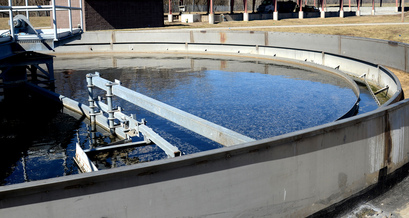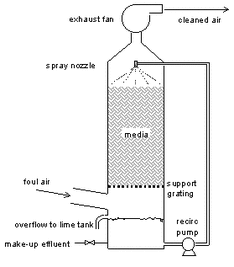
In this post I am going to concentrate on retention ponds, small decorative lakes, and water features. As these are usually close to housing and offices, algae control is of utmost importance. Most commonly, I see the ponds maintained using aerators, dyes, and copper sulfate. The direct expense and the pressure to reduce chemical applications has many maintenance departments wanting a new approach for algae control.
While many companies say adding bacteria can control algae by itself, I find these cases an exception rather than the rule. What I encourage clients to do is the following:
- Keep excess nutrients out of the water – both nitrogen and phosphorus can trigger algae blooms. By using judicious fertilizer application, planted zones near the ponds to adsorb nutrients, and physical barriers where necessary; operators can keep the nutrients from reaching the water and therefore preventing algae blooms before they start.
- Add a mixer – mixing the water creates a more natural water environment where water turnover reduces eutrophication by encouraging a balance between algae and other life. The mixing prevents anaerobic zones and excessive sludge which can act as a nutrient sink for algae blooms during summer months.
- Biological additives (including barley) – in general biological additives include stabilized bacteria that degrade organics form plants and animals found on the pond bottom and water column. In doing so, the bacteria consume excess nutrients and clear the water. In waters with moderate excess nutrients, adding bacteria alone can be a perfect solution. My company, Aster Bio, has used a multiple Bacillus blend with Pseudomonas for nitrate removal on a rice bran carrier to control algae in these applications with good success.
- In system with higher levels of nutrients, it may be necessary to add copper sulfate during peak algae growth months. By using the other options first, operators an significantly reduce the amount of copper sulfate applied.



 RSS Feed
RSS Feed